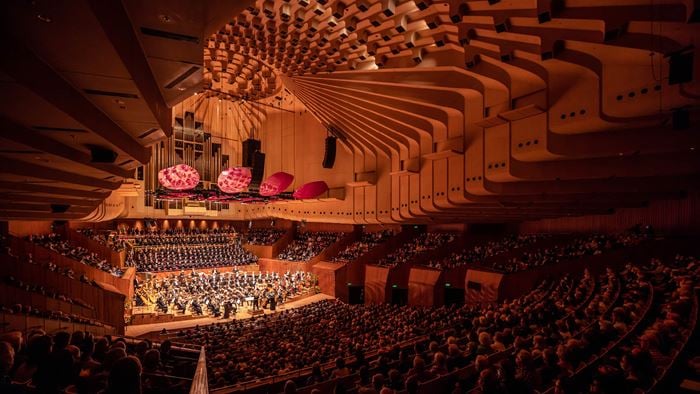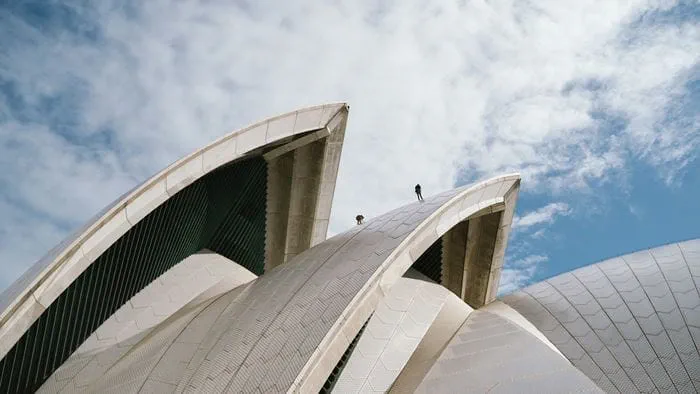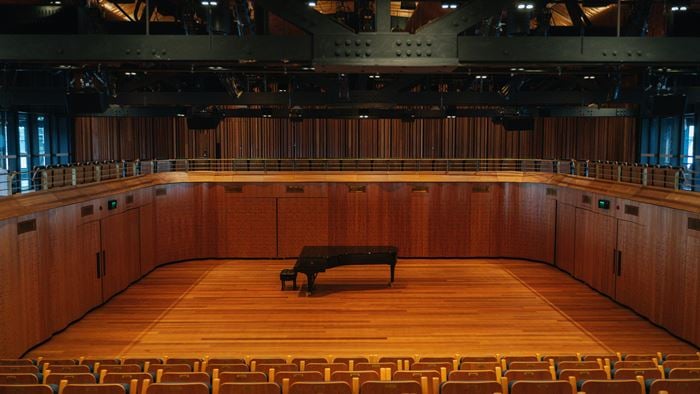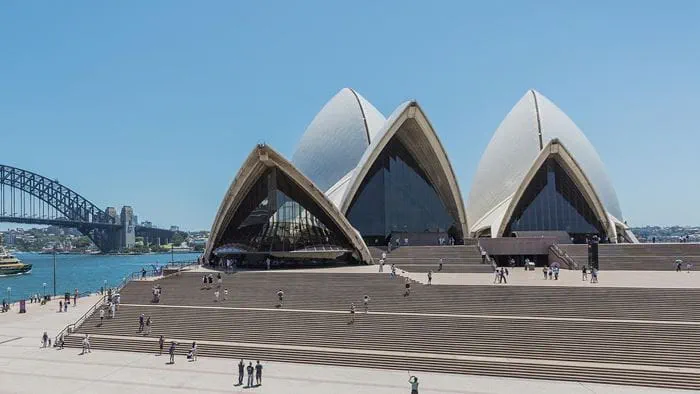In 2013, the Sydney Opera House began a decade of renewal to improve amenity, safety, strengthen capacity and enhance performance spaces to open to more of the community.
A major component and driver of this work was improving the building’s accessibility. At the time of the original design and construction, accessibility was not design norm making it difficult for people with limited mobility to access all areas of the Opera House.
Safety was another critical factor – with the new building upgrades came the need for a renewed fire strategy and evacuation procedures to keep people safe.
We partnered with the Sydney Opera House, Scott Carver architects and Tonkin Zulaikha Greer architects to improve accessibility and safety using our fire engineering, structural engineering, digital design and collaboration expertise.
Project Summary
365days the Sydney Opera House operates each year
2013the beginning of the decade of renewal
2new lifts shafts
Creative structural engineering creates lift access
The Opera House’s Northern Foyer is a focal point in the building, with harbour views, bars, event spaces, and access to some of the most popular theatre seats in the Concert Hall and Joan Sutherland Theatre.
Beyond level two, the only way to access the Northern Foyer was by taking a series of steep steps on either side of the foyer, limiting access and seat choice for people with limited mobility. The challenge was to create space for two new lift shafts in a highly complex concrete design within the heritage building constraints.
Cutting through the building’s long-spanned concrete beams would be challenging without creating a new support system. Instead, we helped create a tunnel design through the Northern Foyer’s staircase to house the lift shafts, providing access to each level.
Unlike the building’s concrete structure, each lift shaft needed glass walls to keep with the heritage design and maintain a visual connection for visitors as they travelled to different levels. We created a lightweight steel solution to structurally support the glass walls.
The lifts provide access to every building floor and are tucked away in the corner providing uncrowded access without impacting the Northern Foyer’s design. Visitors with limited mobility can now access a new range of venue experiences and a broader seat selection.
Designing a safe and elegant fire engineering strategy
The renewal of spaces inside the building also required a rethink of the building’s safety strategy. Our fire engineering team were challenged with creating a strategy putting safety first without compromising the Opera House’s elegant design.
Effective fire safety design should aim to be almost invisible; designed to keep people safe without interrupting their experience. Our team created simple and practical design elements to achieve this.
For example, the Opera House’s existing internal stairs discharge people inside the building at lower levels. To accommodate the new front of house spaces, changes to these stairs needed an innovative fire-resistant compartmentation design to create new safe and efficient discharge areas to maintain safety whilst respecting the heritage building constraints.
For the Concert Hall, we collaborated closely with ARM Architecture to simultaneously design the new theatre with an updated fire strategy. Together, we worked through the ceiling’s space constraints to create a new strategy without making significant design changes.
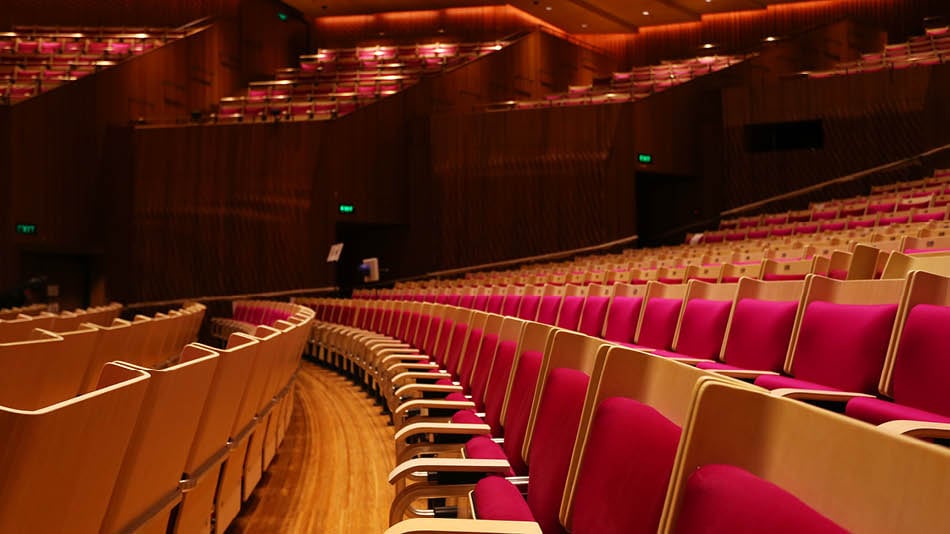
Using digital technologies to inform safe evacuation methods
The Sydney Opera House strives to use every part of the building 365 days per year making it Australia’s busiest arts and culture institution.
The Opera House sought our guidance to study the evacuation procedure for three scenarios: a concert on the Forecourt, Northern Broardwalk and New Years Eve – the building’s biggest annual event.
Using our digital pedestrian simulation software, MassMotion, we modelled each scenario to test safe evacuation procedures. The software simulated each scenario happening at once by colour coding ‘agents’ representing people to understand their movement.
This simulation provided the indicators to understand the visitor experience and the people flow in terms of density, time and delay. It also provided options to move exits, open and close crowd control barriers or reduce the number of events. This process provided vital information for planning events and stakeholder conversations.
Arup is a proud sponsor of Sydney Opera House.
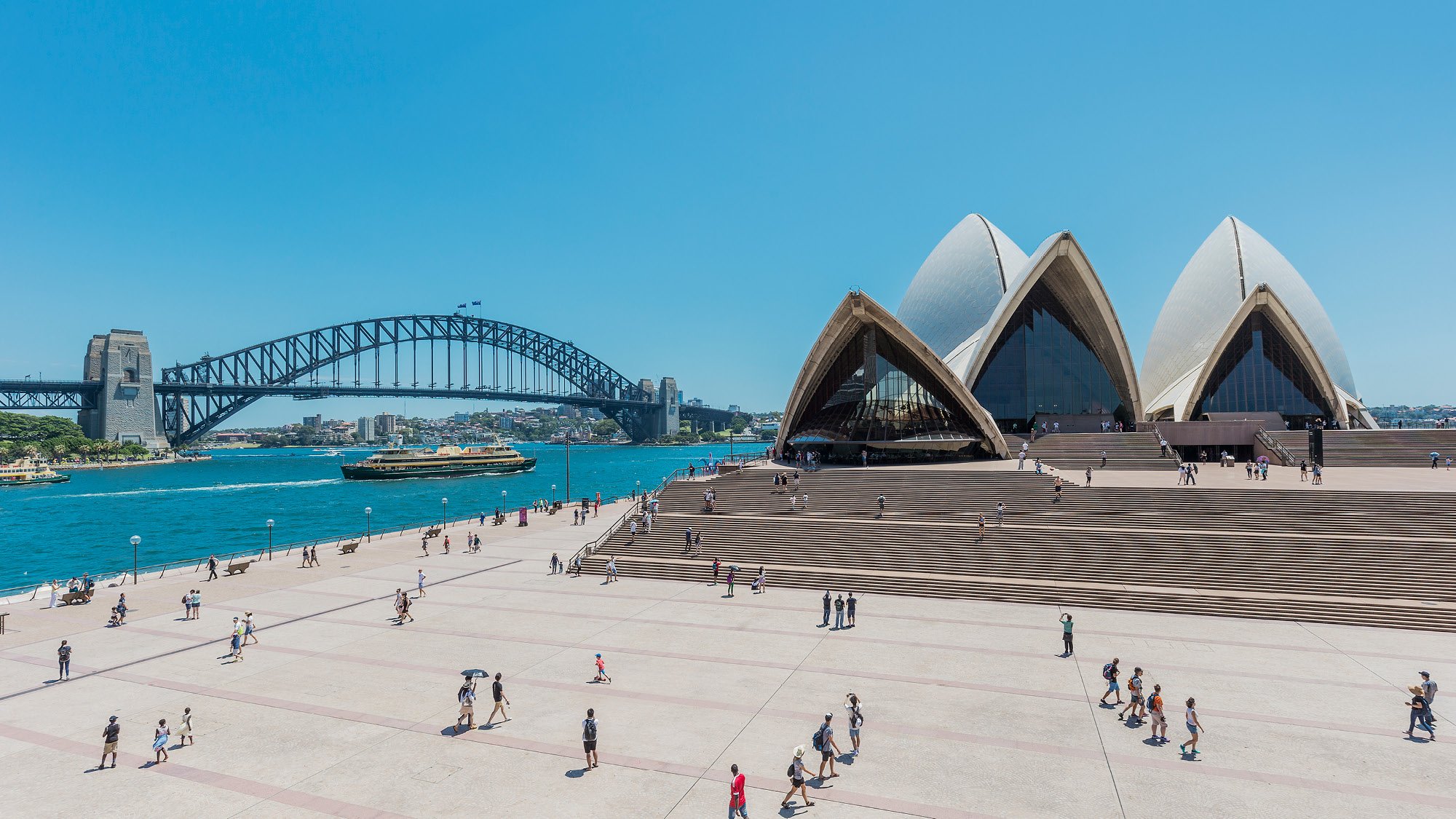 ;
;

